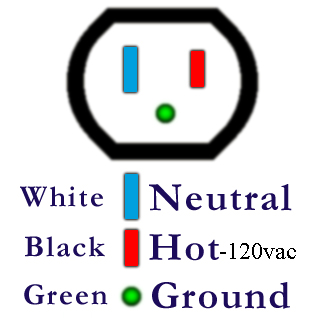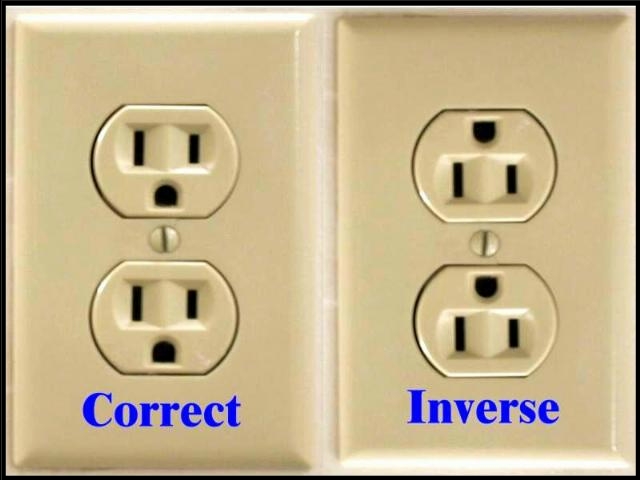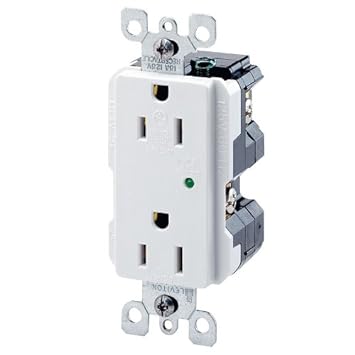Midpack
Give me a museum and I'll fill it. (Picasso) Give me a forum ...
You learn something every day (at least I try to).
While the ground down "happy face" has been the norm (and many plugs/devices are designed that way) and outlets are depicted in that orientation even in lots of electrical training and reference materials, from what I can gather most manufacturers and professional trades actually recommend ground up for the reasons others have noted above. Reason being, if anything metallic, especially a metallic cover should fall on a partially removed plug the first thing it will contact is a GROUND, not 'hot' and 'neutral.' Hopefully that will prevent a shock by tripping the breaker or opening the fuse. Electrical cover plates, not normally found in residential, are the primary but not the only reason. People have been shocked not only due to metal cover plates, but picture hanging wires, antenna/speaker wires, paper clips and even "nun's rosaries" are seemingly part of installers lore.
To add to the confusion, it's not specified in national code, but it's specified ground up in some local code, and ground down in others. I looked at the Levitan site (manufacturer) and they seem to show residential down and commercial up!
Good thing it's so easy for homeowners to flip them if so desired.
While the ground down "happy face" has been the norm (and many plugs/devices are designed that way) and outlets are depicted in that orientation even in lots of electrical training and reference materials, from what I can gather most manufacturers and professional trades actually recommend ground up for the reasons others have noted above. Reason being, if anything metallic, especially a metallic cover should fall on a partially removed plug the first thing it will contact is a GROUND, not 'hot' and 'neutral.' Hopefully that will prevent a shock by tripping the breaker or opening the fuse. Electrical cover plates, not normally found in residential, are the primary but not the only reason. People have been shocked not only due to metal cover plates, but picture hanging wires, antenna/speaker wires, paper clips and even "nun's rosaries" are seemingly part of installers lore.
To add to the confusion, it's not specified in national code, but it's specified ground up in some local code, and ground down in others. I looked at the Levitan site (manufacturer) and they seem to show residential down and commercial up!
Good thing it's so easy for homeowners to flip them if so desired.




